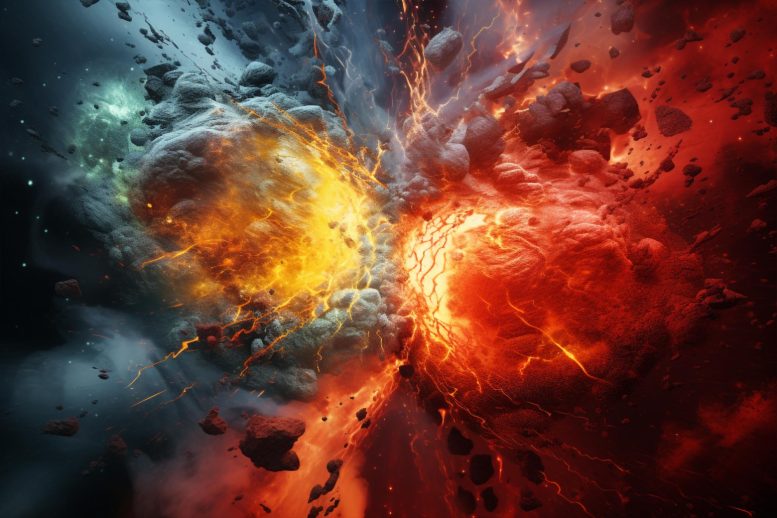
Researchers have revealed that the Maillard reaction, a chemical process commonly used in cooking, may also be occurring on the ocean floor. The process converts small organic carbon molecules into larger molecules, leading to the “preservation of organic carbon” in the sediment. This preservation has played a crucial role in raising oxygen levels and reducing carbon dioxide in the atmosphere over millions of years, thereby helping to create the conditions for complex life on Earth.
The Maillard reaction, known for its role in food browning, is also likely happening on the ocean floor, contributing to life on Earth by preserving organic carbon. Researchers at the University of Leeds have found that this reaction has helped raise oxygen and reduce carbon dioxide levels in the atmosphere, creating conditions for complex life. The findings may also have implications for managing climate change.
- Maillard reaction locks away 4 million tonnes of organic carbon a year
- Process helped stabilize conditions for complex life to evolve
A chemical process used in the browning of food to give it its distinct smell and taste is likely occurring deep in the oceans, where it has helped create the conditions necessary for life.
Known as the Maillard reaction after the French scientist who discovered it, the process converts small molecules of organic carbon into larger molecules, known as polymers. In the kitchen, the Maillard reaction is employed to create flavors and aromas from sugars.
The Maillard Reaction’s Fundamental Impact
A research team led by Professor Caroline Peacock at the University of Leeds posits that on the sea floor, the Maillard reaction has played a more fundamental role. Specifically, it has contributed to raising oxygen levels and reducing carbon dioxide levels in the atmosphere, thereby creating conditions for complex life forms to emerge and thrive on Earth.
Source of Organic Carbon
Organic carbon in the oceans primarily comes from microscopic living organisms. When these organisms die, they sink to the sea floor and are consumed by bacteria. The decay process uses oxygen and releases carbon dioxide into the ocean, which eventually ends up in the atmosphere.
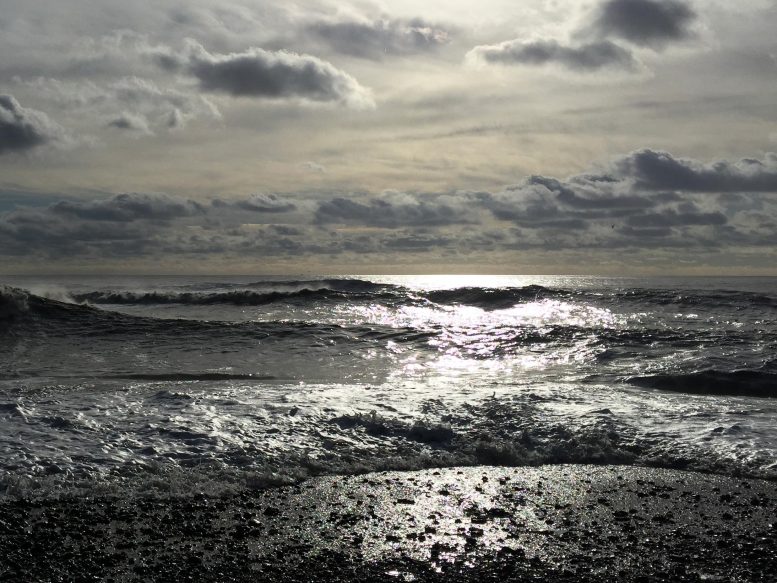
Scientists believe the near-shore environment is where most organic carbon is buried. Credit: University of Leeds
Preservation of Organic Carbon
Due to the Maillard reaction, smaller molecules are converted into larger molecules. These larger molecules are harder for microorganisms to break down and remain stored in the sediment for tens of thousands—if not millions—of years.
The scientists describe this phenomenon as the “preservation of organic carbon.”
That long-term storage or preservation of organic carbon on the seabed had major consequences for conditions that developed on the surface of the Earth. It limited the release of carbon dioxide, allowing more oxygen to reach the Earth’s atmosphere and limited variation in the warming of the Earth’s land surface over the last 400 million years to an average of about five degrees Celsius.
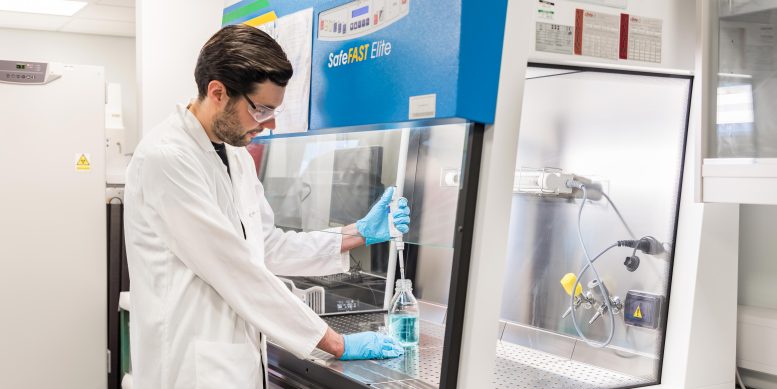
Dr. Oliver Moore. Credit: University of Leeds
‘Too Slow to Have Any Impact’
Dr. Oliver Moore, first author in the study and a Research Fellow in Biogeochemistry in the School of Earth and Environment at Leeds, said: “It had been suggested back in the 1970’s that the Maillard reaction might occur in marine sediments, but the process was thought to be too slow to impact the conditions that exist on Earth.
“Our experiments have shown that in the presence of key elements, namely iron and manganese which are found in seawater, the rate of reaction is increased by tens of times.
“Over Earth’s long history, this may have helped create the conditions necessary for complex life to inhabit the Earth.”
Analysis and Findings
As part of the study, the scientists modeled how much organic carbon has been locked into the seabed because of the Maillard reaction. They estimate it has resulted in around 4 million tonnes of organic carbon each year being locked into the seabed. That is the equivalent weight of around 50 London Tower Bridges.
To test their theory, the researchers looked at what happened to simple organic compounds when mixed with different forms of iron and manganese in the laboratory at 10 degrees Celsius, the temperature of the seabed.
Analysis revealed that the “chemical fingerprint” of the laboratory samples – which had undergone the Maillard reaction – matched those from sediment samples taken from seabed locations around the world.
Collaboration With Diamond Light Source
That “fingerprint” analysis was conducted at the Diamond Light Source in Oxfordshire, the UK’s synchrotron which generates intense beams of light energy to reveal the atomic structure of samples.
Dr. Burkhard Kaulich, Principal Beamline Scientist of the Scanning X-ray Microscopy beamline (I08-SXM) at Diamond Light Source, said: “Our advanced I08-SXM instrumentation with its high stability, energy, and optical resolution was developed and optimized to help probe carbon chemistry and reactions which take place in environmental systems.
“We are very proud to have been able to contribute to a better understanding of the fundamental chemical processes involved in the creation of complex life forms and climate on Earth.”
Conclusion: Implications and Future Directions
Professor Peacock, from Leeds, said: “It’s immensely exciting to discover that reactive minerals such as those made from iron and manganese within the ocean have been instrumental in creating the stable conditions necessary for life to have evolved on Earth.”
The lessons learned from a better understanding of the Earth’s geochemical processes could be used to harness new approaches to tackling modern-day climate change.
Dr. James Bradley, an environmental scientist at Queen Mary University of London and one of the authors of the paper, said: “Understanding the complex processes affecting the fate of organic carbon that is deposited on the seafloor is crucial to pinpointing how Earth’s climate changes in response to both natural processes and human activity, and helping humanity better manage climate change, since the application and long-term success of carbon capture technologies relies on carbon being locked away in stable forms rather than being transformed into carbon dioxide.”
Reference: “Long-term organic carbon preservation enhanced by iron and manganese” by Oliver W. Moore, Lisa Curti, Clare Woulds, James A. Bradley, Peyman Babakhani, Benjamin J. W. Mills, William B. Homoky, Ke-Qing Xiao, Andrew W. Bray, Ben J. Fisher, Majid Kazemian, Burkhard Kaulich, Andrew W. Dale and Caroline L. Peacock, 2 August 2023, Nature.
DOI: 10.1038/s41586-023-06325-9

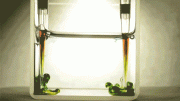

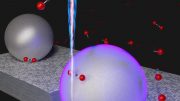
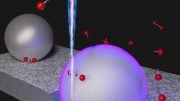




Hahaha haha
nonsense